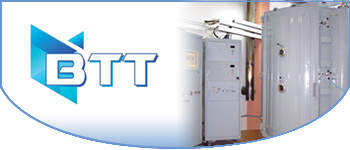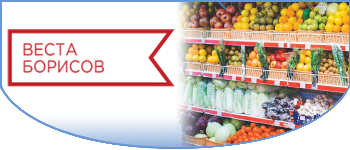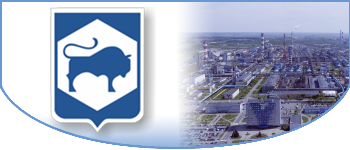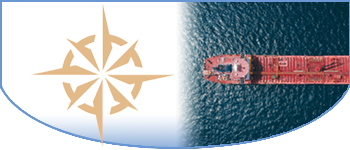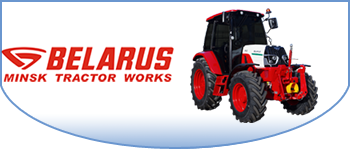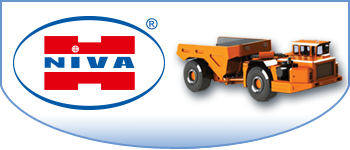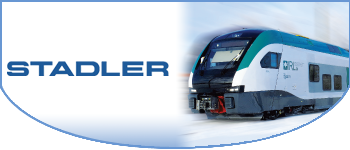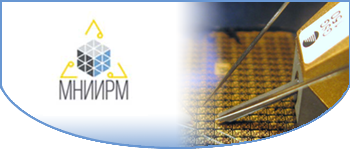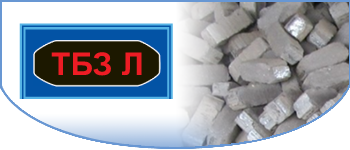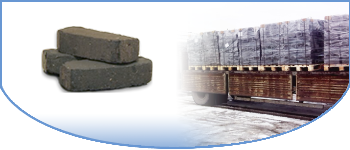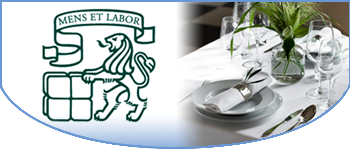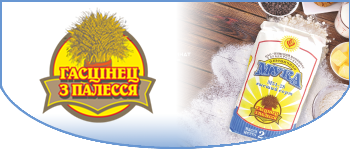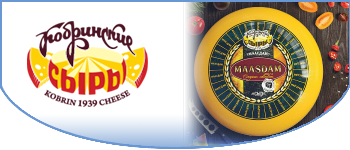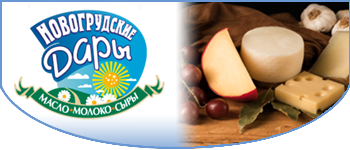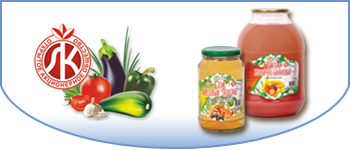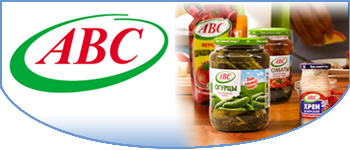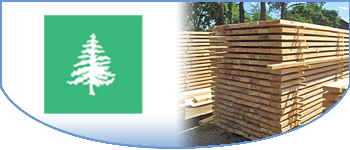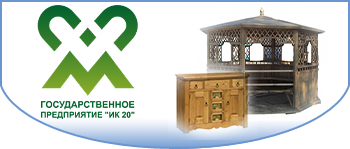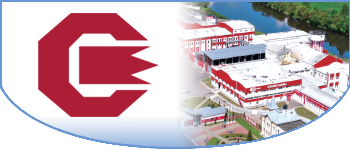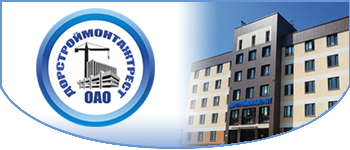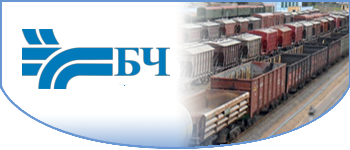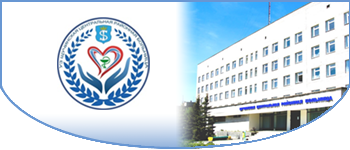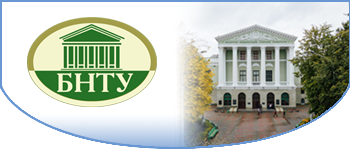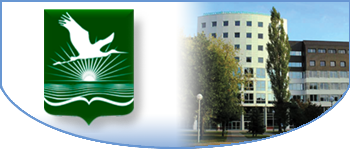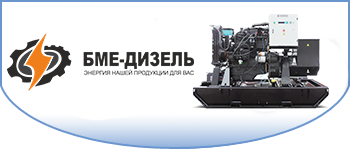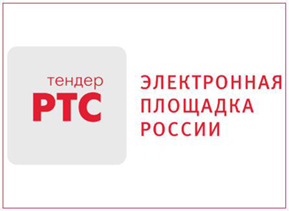Forestry is one of the essential components of the national economy of the Republic of Belarus. The role and importance of the forestry complex is determined by its multi-purpose nature. Forest is rightly a national treasure for our republic, the effective use of which is of great socio-economic importance.
The Minsk State Forestry Production Association (hereinafter - Minsk SFPA) manages the forest fund in the territory of the Minsk Region with an area of over 1.5 million hectares, which is about 38% of the total territory of the region.
Today, Minsk SFPA is a multi-purpose organization combining territorial forestry institutions, a forest nursery, industrial wood processing enterprises and particular production sites. About 8 thousand people are working in the association.
Timber harvesting is one of the most important areas of work of the Minsk SFPA. The association is one of the leaders in the Republic of Belarus in this area. At the end of 2019 total timber harvesting volume exceeded 4.37 million cubic meters of wood, which is 106.4% compared to the same period in 2018. And already in the first four months of 2020 this figure compared with the figure of 2019 shows an increase of 11.6%. It is noteworthy that over a third of the total timber harvesting volume is carried out using our own multi-operation timber harvesting equipment. The use of the harvesters can significantly increase the speed of operations performed, labour productivity, provide convenient and safe working conditions, as well as significantly reduce the volume of manual labour and human resources involved, which ultimately affects the cost of a production unit.
Financial and economic performance indicators of the Minsk State Forestry Production Association have shown steady positive dynamics in recent years. Revenue from sales of products, works and services in 2019 amounted to more than 225 million Belarusian rubles and, importantly, a fairly high profitability level was achieved. For 2015-2019 this indicator did not fall below 15%, and over the last 4 months of the current year it amounted wholly to 20.9%. This enables to invest for strengthening the material and technical base of the association, purchase modern high-performance equipment from leading world and domestic manufacturers, introduce new technologies, respectable wages and broad social guarantees.
The main revenue of the association enterprises is the revenue from the sale of round timber (56%). At the same time 41% of the revenue was received by the association forestry enterprises from the sale of timber sawing and woodworking products.
There are 19 enterprises operating in the forestry institutions of the Minsk SFPA that produce a wide range of wood products. In 2019 the volume of sales of lumber products amounted to 323 thousand cubic meters with a growth rate of more than 20% compared to the same period last year; an increase is also observed within a 4-month period of the current year. In 2019 products worth $34.9 million were shipped for export; within a 4-month period of 2020 this indicator increased by 6% compared to the same period last year. Work on expansion of export supplies’ range and export geography diversification is underway. Among the main markets of forest products sale are countries such as Lithuania, Latvia, Germany, Belgium, Poland and the Netherlands. Deliveries of the products are carried out in 22 countries of the near and far abroad. Since 2019 lumber products have been supplied to the People's Republic of China.
Export potential expansion of the association enterprises is ensured by the modernization of production base, development of new types of products, introduction of advanced technologies in woodworking. High quality of the products produced, along with an effective marketing policy, is an essential component of the successful sale of products in foreign markets. For 2018-2019 17 production facilities were modernized, which enabled us to switch to a fundamentally new quality level of the output products. Requirements for the geometry of lumber products and processing tolerances were significantly increased. One of the priorities is the development of the drying industry, which enables us to ship high-quality products with minimum humidity to the customer. This indicator has a decisive influence on logistics: for example, the mass of raw wood is about 800 kg/m3, while the mass of the lumber products of technical drying is about 500 kg/m3.
Priority is given to the production of high-level processing wood products with high added value. The use of modern technologies enables us to achieve not only the efficient use of wood raw materials, but also to ensure maximum involvement of woodworking production wastes in the technological process.
One of the directions is the development of pellet production. Today, it is a highly-demanded product in the European market. In 2020 pellet production was launched on the basis of the Kopyl and Borisov pilot forestry enterprises, whose capacity is 1200 and 2500 tons of finished products per month respectively. Since April 2020 the production site in Kopyl has reached full-time operation and 100% capacity utilization. At the same time, if the main products of the Kopyl plant are «gray» industrial pellets, in Borisov plant the production of «white» pellets of the high added value has been launched. Currently, contracts for the shipment of pellet products to the European countries have been concluded.
The widespread introduction of chipping complexes, processing of wood residues into wood chips and pellets enables to solve an important problem of low-grade wood selling, including deciduous wood. The complexity of the issue can already be judged by the fact that annually only about a 75% of the selected estimated wood cutting area for deciduous group of species is used by the enterprises of the Minsk State Forestry and Forestry Enterprise at average, while the majority of Minsk Region forestry enterprises choose the stipulated annual quota for pinewood already following the results of three quarters as a rule. And although in past years large-scale sanitary fellings have allowed to increase the production of certain types of lumber products, already in 2019 the volume of sanitary fellings was reduced by almost 2 times. Today, the maximum involvement in the deciduous wood production and implementation of lumber produced from it are the most important issues to increase the efficiency of the entire wood processing complex. Despite the fact that the cost of wood fuel resources, in general, and wood chips, in particular, has now significantly decreased in foreign markets, which was largely facilitated by the exceptionally warm winter of 2019-2020, increase of the production volumes enables not only to fully ensure the growing domestic market, but also maintain export positions in the face of the increased competition.
Highly profitable products include the production of barked and rounded wood. Sale profitability of these products is higher than the profitability of lumber products. An important factor is the minimum amount of wastes during the production of such products - no more than 30% of the total mass of the processed wood. Barked and rounded wood makes up a significant part of export deliveries primarily to the European market - of the total average monthly volume of about 20 thousand cubic meters, the latter is at least 3 thousand cubic meters.
Hunting and tourism are important components of the activities of the Minsk Region forestry institutions. There are 56 hunting farms of various ownership forms in the region. For the organization of hunting tours there are 22 specialized complexes offering visitors comfortable living conditions and a rich leisure program. Equipped ecological paths passing through the most picturesque places and forests rich in biodiversity have been created.
Today, the Minsk State Forestry Production Association is an enterprise having long-standing traditions and employing professional staff. The emphasis on high quality, the latest innovative technologies and rigorous fulfillment of contractual obligations remains unchanged. Plans for the future include the continuation of technical re-equipping and development of new types of products. One of such positions is the production of glued beams and panels used in frame-panel housing construction, individual construction and decoration. Implementation of this project will enable not only to increase the production of goods demanded in the market, but also provides significant volumes of import substitution, and the products produced have a high export potential.











 General Director of the Minsk State Forestry Production Association
General Director of the Minsk State Forestry Production Association